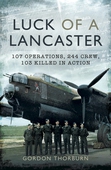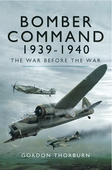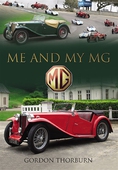
Lägg till önskelistan
Jocks in the Jungle e-bok
Pris
115 kr
In 1943, there was no thought of good times for two battalions of Scottish soldiers. For them, India meant a new and unimaginably arduous kind of training.
Some of the Black Watch boys had seen action in Somaliland, Crete and Tobruk. Some of the Cameronians had fought the Japs in the Burma retreat. Even for these, such training was trial by ordeal. Many more of the Jocks were new, just shipped out from Scotland, but all of them were ordinary men, men from the towns and villages who’d t...
E-Bok
115 kr
Pris
Förlag
Pen and Sword
Utgiven
23 Februari 2021
Längd
240 sidor
Genrer
Historia & Arkeologi, Fackböcker
Språk
English
Format
epub
Kopieringsskydd
Vattenmärkt
ISBN
9781783030910
In 1943, there was no thought of good times for two battalions of Scottish soldiers. For them, India meant a new and unimaginably arduous kind of training.
Some of the Black Watch boys had seen action in Somaliland, Crete and Tobruk. Some of the Cameronians had fought the Japs in the Burma retreat. Even for these, such training was trial by ordeal. Many more of the Jocks were new, just shipped out from Scotland, but all of them were ordinary men, men from the towns and villages who’d taken the King’s shilling in their country’s peril.
These were first-class British infantry, but not the super-selected special forces types that we know today. Nevertheless, it was a special-forces job they were supposed to do and that is what they were called, Special Force.
The challenge in Madhya Pradesh was to turn themselves into jungle fighters as good as the Japanese. They had a few short months to become Chindits.
The two brigades they joined numbered 7,677 officers and men going into the jungle, of whom 531 were killed, captured or missing, and around 1,600 were wounded. By the end, some 3,800 were too sick to fight. Only 1,754 could be classified as 'effective' when they came out and, in truth, half of those were fit for no more than a hospital bed. It was a miracle anybody survived at all.
And that was just two of the five brigades that went in. Was this the greatest medical disaster of World War Two? Who caused it? This new book has the answers.









